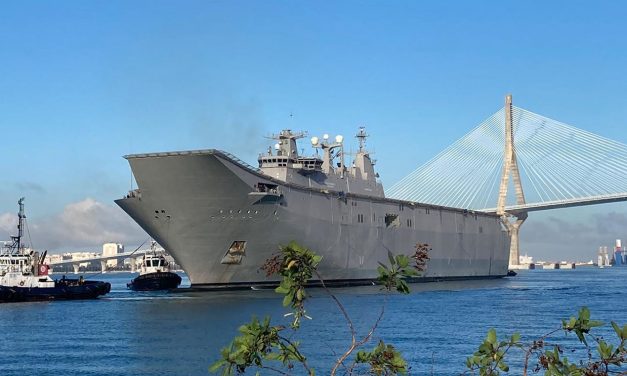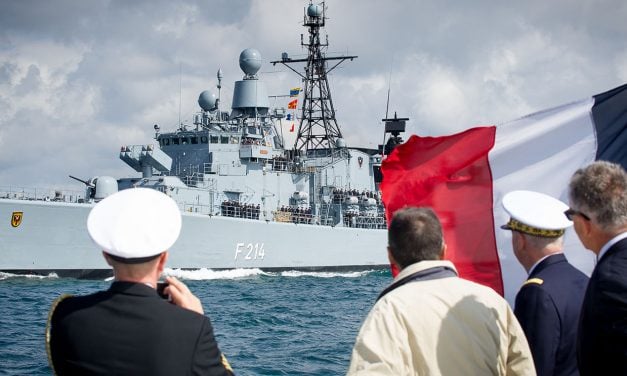Spain's pride
The Spanish navy has a wide range of capabilities. Many classes are national in-house developments with export potential. The Armada Española is one of the oldest navies in the world. It has existed since the end of the 15th century and is now the fifth largest navy in NATO after the navies of the USA, Great Britain, France and Italy. Its most important units include the Galerna-class submarines, the Alvaro de Bazan- and Santa Maria-class frigates, the Meteoro- and Serviola-class patrol vessels and the Segura-class minesweepers, as well as the Galicia, Castilla and Juan Carlos I amphibious support units. With the Patiño and Cantabria supply ships, the Spanish naval forces also have a significant naval defence force.
Weiterlesen






Latest comments